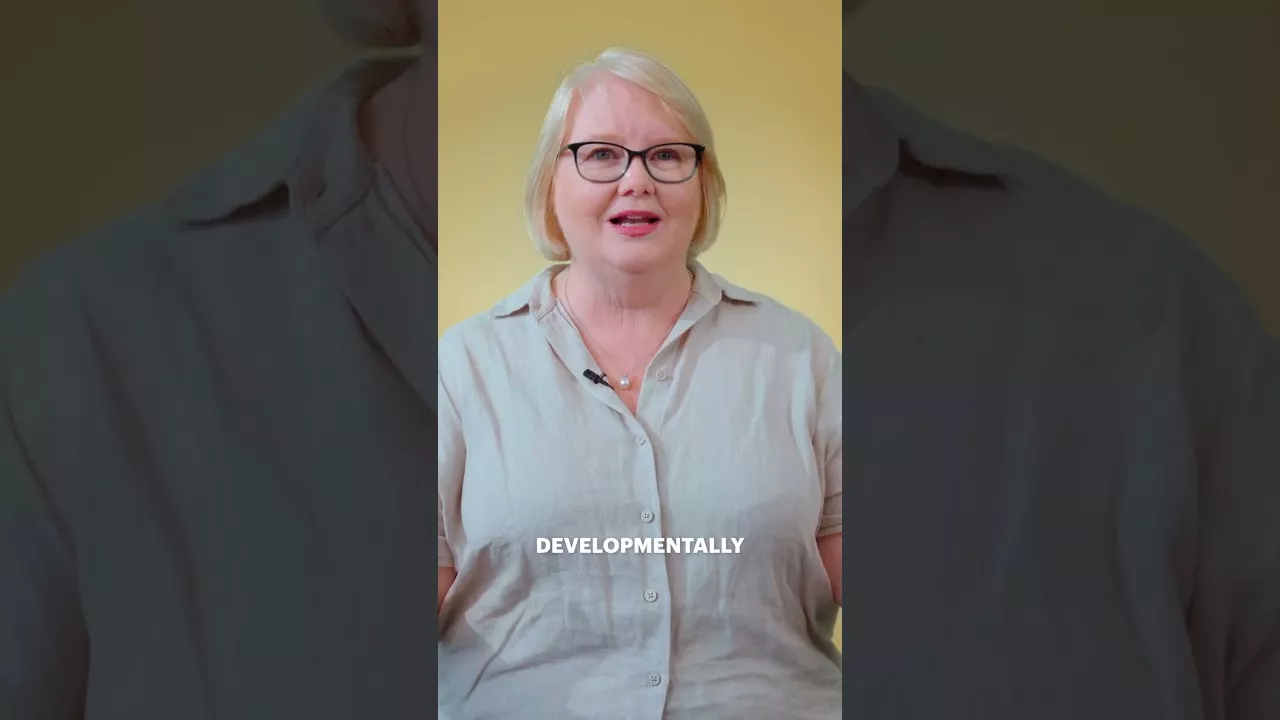When can my baby use a pillow?
Kiindred
Kiindred
We all have our favourite pillow – the one you can’t imagine falling asleep without every night. Looking at your little one sleeping, you might wonder how they can be comfortably asleep without a good pillow. However, it’s important to know that your baby absolutely doesn’t need a pillow until they’re at least two years old, or even later. You might feel like this seems odd for their sleep, but it’s the only safe option.
Do infants need pillows?
The short answer is, nope!
Contrary to our own preferences, babies do not require an infant sleep pillow for comfortable sleep during their early years. In fact, introducing a pillow too soon can pose serious safety risks. Until the age of two, babies have specific developmental needs that necessitate a firm, flat sleeping surface. This reduces the chances of suffocation or other sleep-related accidents. By delaying the introduction of a pillow, you provide a safer sleep environment for your little one.
Pillows or anything extra lying around your child’s sleeping area can cause infant crib death or SIDS (sudden infant death syndrome). Babies should sleep completely alone in their cot to ensure their safety. A pillow or blanket can block a baby’s nose or mouth, leading to suffocation.
Prioritising safe sleep practices is key. Until they are old enough to start sleeping on pillow, focus on creating a safe sleep environment by following established guidelines.
Where should a newborn sleep?
Red Nose guidelines recommend that the safest place for the cot is in the parents’ room, next to their bed for the first 6 months. This is so you can monitor baby’s sleeping and be close in case something does go wrong.
After 6 months your baby can be transferred to their own room, so long as all potential dangers have been removed – for example, away from hanging cords such as blinds, curtains, or electrical appliances as they could get caught around baby’s neck.
Keep heaters or any electrical appliances well away from the cot to avoid the risk of overheating, burns and electrocution. Never use electric blankets, hot water bottles or wheat bags for babies.
Other things to keep in mind:
- Placing baby on their back to sleep helps keep their airway clear and ensures their protective reflexes work. Back sleeping reduces the risk of suffocation, overheating and choking.
- Dress your baby as you would dress yourself for the temperature of the room – comfortably warm, not too hot, not too cold.
- Soft surfaces and bedding, including bulky or loose blankets, head coverings and toys should also be avoided as they can increase the risk of SIDS and SUDI through blocking their airways or causing them to overheat.
- If a blanket is being used, Red Nose recommends that you place your baby with their feet at the end of the cot, and tuck the blanket securely underneath the mattress, so it only reaches baby’s chest and cannot ride up to cover their head.
Sign up
Get tailored content based on your week of pregnancy
By signing up, you agree to receiving our Newsletters. Cancel anytime.



So, when can my baby use a pillow?
When they are sleeping unobserved they shouldn’t have anything else around them. Once they start transitioning into a toddler bed you can introduce a small and firm toddler pillow. Steer clear of fluffy cushions or adult-size pillows until they are older and in a proper bed.
When the time comes to introduce a pillow (when they are two years old or older) it is essential to do so gradually and cautiously. Start with a small, appropriately sized pillow specifically designed for young children. Select a pillow that is firm yet supportive, and free from allergens and harmful chemicals. Remember to monitor your baby’s comfort and adjust pillow usage accordingly. Always consult with your pediatrician for guidance and recommendations during this transition.
The bottom line
In conclusion, when it comes to pillows for kids, prioritising safety and following developmental milestones is crucial. While it may be tempting to provide them with a pillow for added comfort, it is recommended to wait until they are at least two years old, or even later. This delay allows for the necessary strength and coordination to ensure safe pillow usage. By consulting with your pediatrician and gradually introducing a suitable pillow when the time is right, you can ensure your child’s sleep environment remains secure and supportive.
Related Articles
Trending
Kiindred
Follow +Brought to you by the Kiindred Editors. Our team are committed to researching and writing on all the things we know you will want to know about, at each stage of your pregnancy and parenthood journey.









